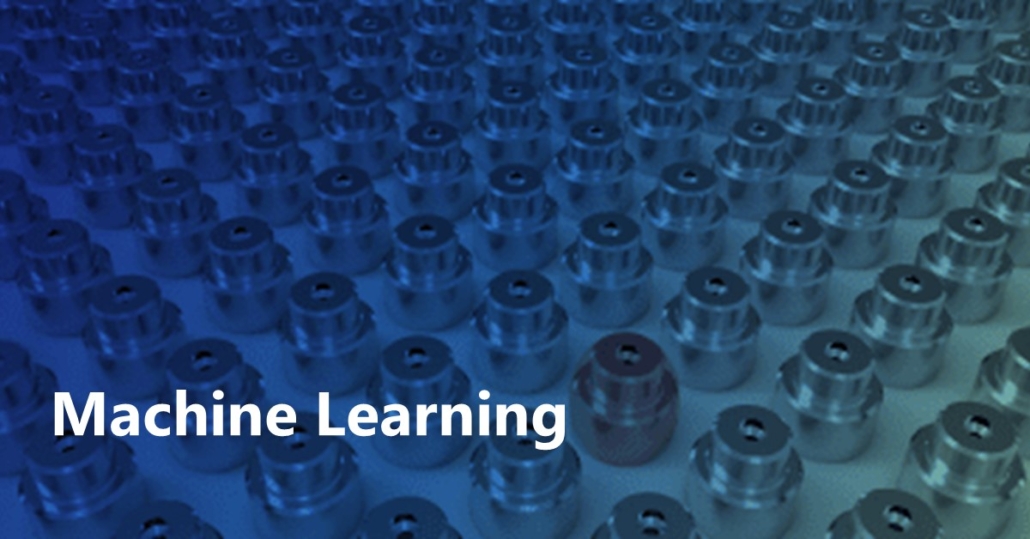Personalized Semantics Excitation for Federated Image Classification
Federated learning casts a light on the collaboration of distributed local clients with privacy protected to attain a more generic global model. However, significant distribution shift in input/label space across different clients makes it challenging to well generalize to all clients, which motivates personalized federated learning (PFL). Existing PFL methods typically customize the local model by fine-tuning with limited local supervision and the global model regularizer, which secures local specificity but risks ruining the global discriminative knowledge. In this paper, we propose a novel Personalized Semantics Excitation (PSE) mechanism to breakthrough this limitation by exciting and fusing personalized semantics from the global model during local model customization. Specifically, PSE explores channel-wise gradient differentiation across global and local models to identify important low-level semantics mostly from convolutional layers which are embedded into the client-specific training.In addition, PSE deploys the collaboration of global and local models to enrich high-level feature representations and facilitate the robustness of client classifier through a cross-model attention module. Extensive experiments and analysis on various image classification benchmarks demonstrate the effectiveness and advantage of our method over the state-of-the-art PFL methods.

 Read the latest publications from our world-class team of researchers from our
Read the latest publications from our world-class team of researchers from our 